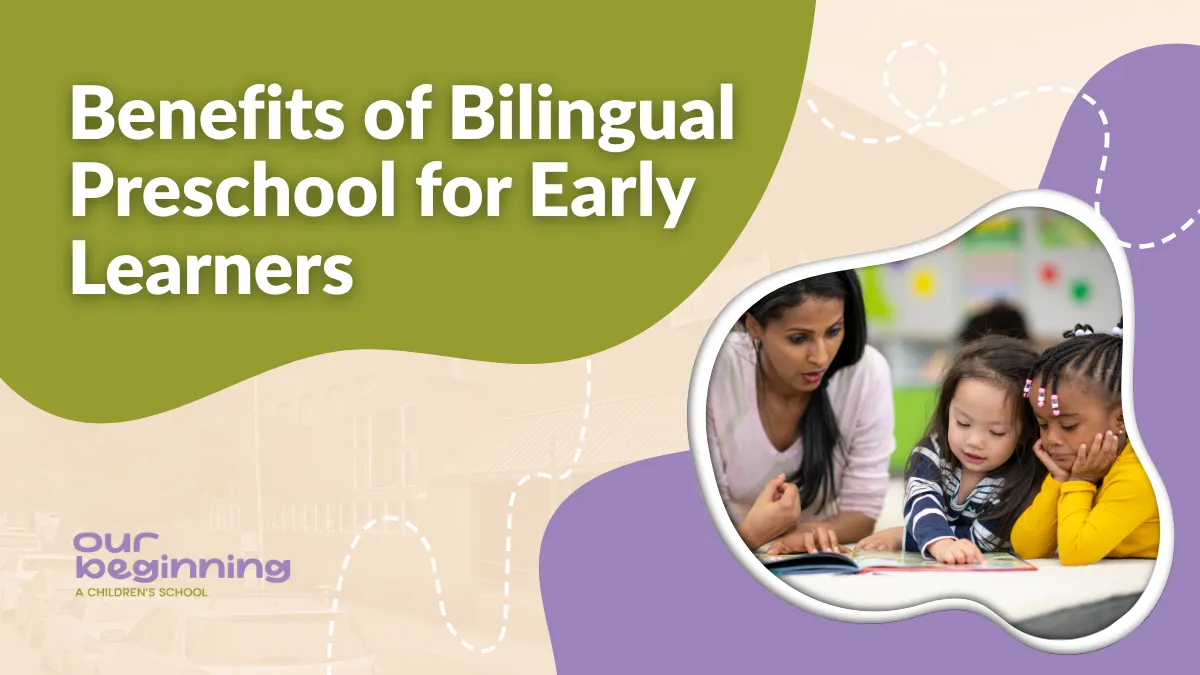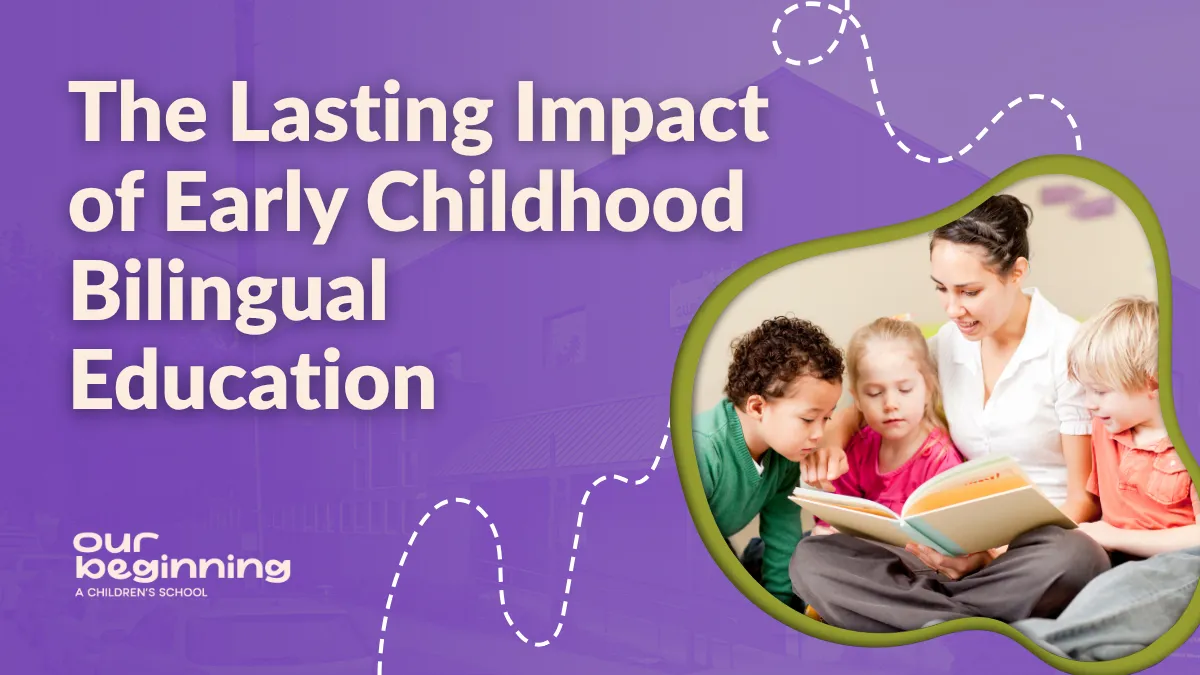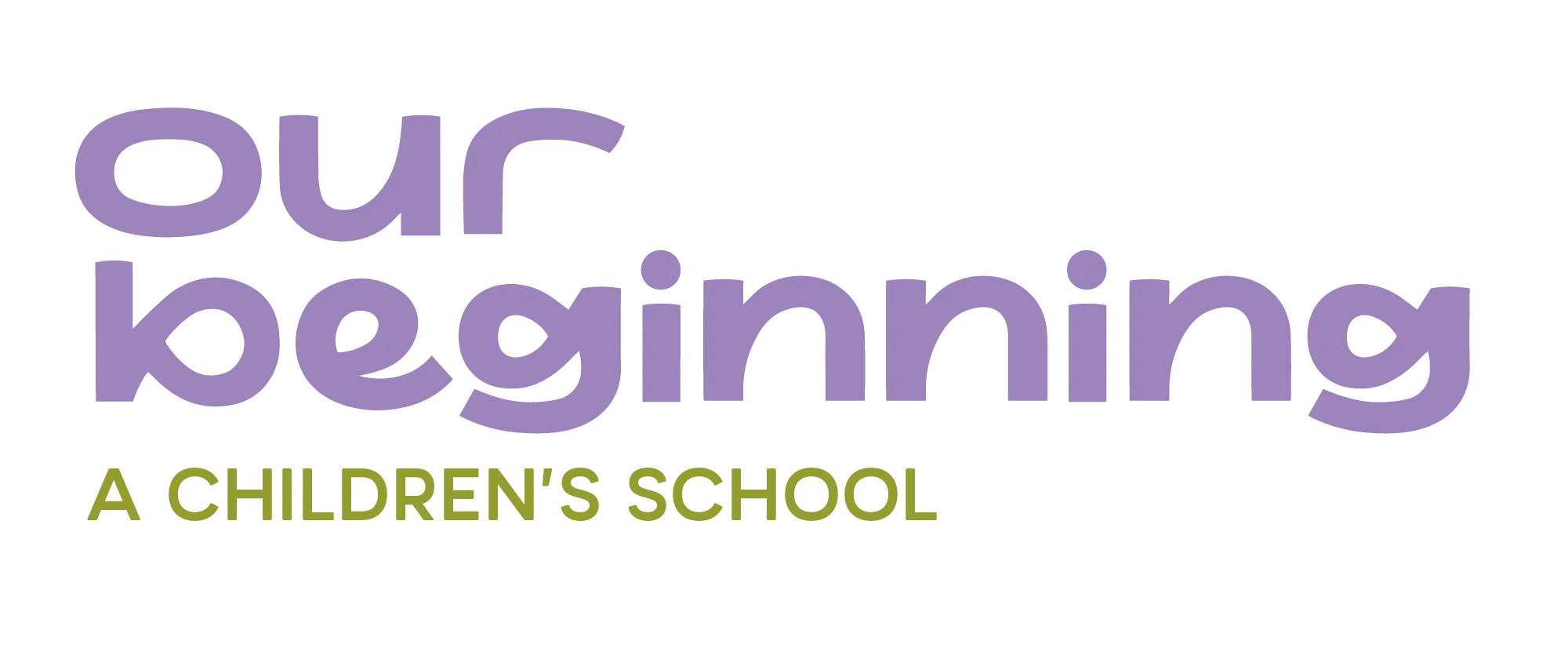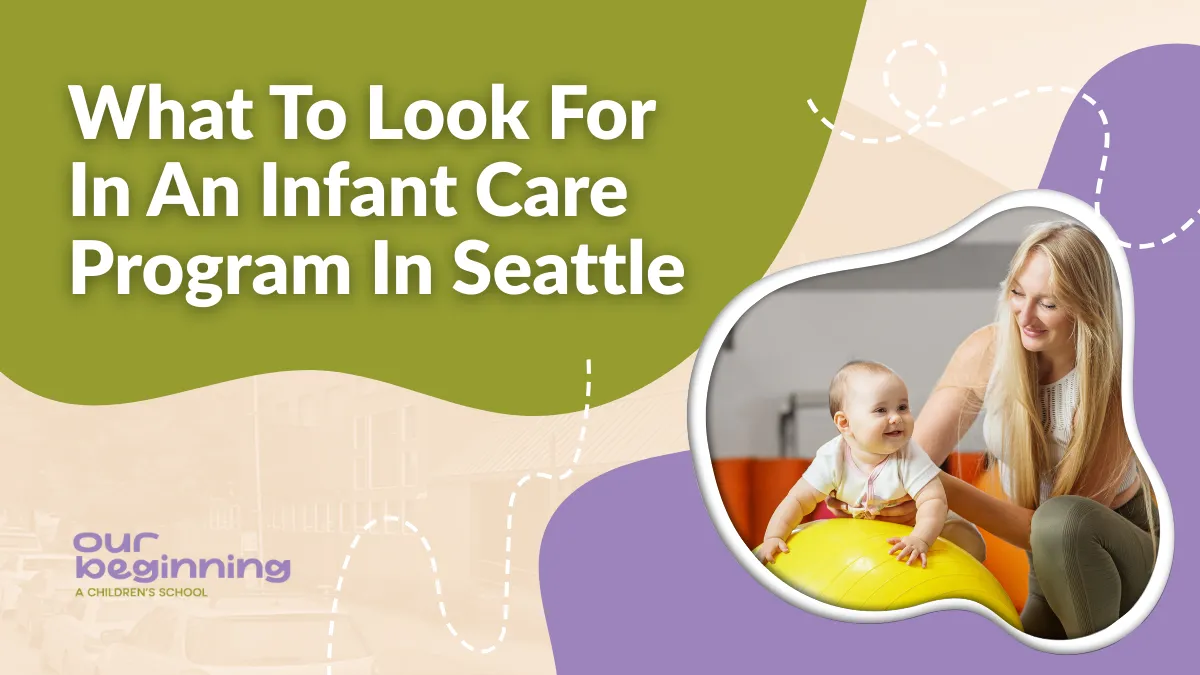Benefits of bilingual preschool for early learners extend far beyond language acquisition. Early exposure to multiple languages in thoughtfully designed learning environments nurtures communication skills and cognitive, social, and emotional growth. Rooted in meaningful relationships and enriched by diverse cultural perspectives, bilingual education empowers children to make connections, think flexibly, and develop empathy for others.
When integrated into a developmentally appropriate and child-centered curriculum, bilingual learning supports each child’s natural curiosity and potential. With guidance from intentional educators, children in bilingual preschools build strong foundations for lifelong learning and global awareness.
Understanding Bilingual Preschool Advantages

Bilingual preschool advantages are rooted in how young children learn best—through meaningful interactions, hands-on exploration, and exposure to diverse perspectives. These programs offer more than just the acquisition of two languages; they support whole-child development in powerful and lasting ways.
Cognitive and Academic Foundations
Children in bilingual settings benefit from various mental processes that strengthen over time. Early exposure to multiple languages provides unique stimulation that supports brain development and academic growth.
- Improved executive function: Bilingual learners often show greater focus and adaptability in classroom routines.
- Enhanced memory and attention: Navigating two languages helps children retain information and concentrate on tasks.
- Stronger problem-solving abilities: The mental flexibility required to switch between languages enhances creative and critical thinking.
These skills are the building blocks for future learning, preparing children for structured academics and open-ended inquiry.
Social Awareness and Cultural Sensitivity
In bilingual classrooms, children encounter multiple ways of thinking, speaking, and relating to others. These experiences shape how they view themselves and those around them.
- Increased empathy: Children become more sensitive to others’ emotions, expressions, and perspectives.
- Respect for diversity: Exposure to various languages and customs builds appreciation for different cultures.
- Greater collaboration: Children learn to navigate communication with peers from diverse backgrounds.
Engaging with a multilingual community gives children a deeper sense of inclusion and belonging, which are skills that extend far beyond the classroom.
Early Language Confidence and Communication
As young children acquire language, they naturally experiment with words, gestures, and sounds. A bilingual environment supports this process with rich, responsive interactions.
- Expanded vocabulary: Children develop strong verbal abilities across both languages.
- Confidence in expression: Encouragement from educators builds self-assurance in communicating thoughts and ideas.
- Sensitivity to context: Children learn to adjust language use based on setting and audience.
With the guidance of nurturing educators, children in bilingual programs grow into capable communicators who value the power and beauty of language.
The Lasting Impact of Early Childhood Bilingual Education

Early childhood bilingual education lays a meaningful foundation for lifelong learning and development. During the earliest years, the brain is most receptive to new languages, making this stage ideal for fostering language fluency and broader cognitive growth. Children immersed in bilingual learning environments often carry these benefits well into adolescence and adulthood.
Brain Development During the Early Years
Bilingual experiences in early childhood have a profound effect on neurological growth. As children engage with two languages, they activate brain areas linked to memory, focus, and processing.
- Neural connectivity: Exposure to multiple languages increases pathways between different brain regions.
- Cognitive resilience: Bilingual learners can adapt and overcome learning challenges.
- Accelerated language acquisition: Learning languages early often leads to more natural pronunciation and intuitive understanding.
These neurological benefits support linguistic development, emotional regulation, and academic readiness.
Lifelong Learning and Adaptability
The skills nurtured in bilingual settings continue to shape a child’s approach to learning over time. Early bilingual education promotes curiosity, flexibility, and resilience—essential traits in today’s global society.
- Academic achievement: Studies link early bilingual education to improved performance across subjects.
- Metalinguistic awareness: Children gain insight into how language works, making it easier to learn different languages later.
- Critical thinking: Navigating two languages strengthens reasoning and analysis from a young age.
These strengths help children approach new ideas with openness and confidence, creating a solid base for success in future educational experiences.
Identity and Self-Expression
Bilingual education is also vital in shaping identity and self-awareness. Children who learn in two languages often feel empowered to express their ideas more fully and authentically.
- Sense of pride: Valuing home language and culture fosters confidence and personal identity.
- Flexible thinking: Children can interpret and describe experiences in multiple ways.
- Stronger relationships: Communicating across cultures deepens connections with peers and adults.
Early childhood bilingual education supports language and identity development, affirming each child’s unique voice while encouraging mutual understanding and respect.
The Value of Dual Language Immersion Preschool Programs
Dual language immersion preschool programs offer a structured, immersive approach that enables young children to develop fluency in two languages through consistent, meaningful engagement. These programs integrate both languages throughout the daily routine, supporting language development while honoring each child’s natural pace and curiosity.
Language Fluency Through Consistent Exposure
In dual language immersion settings, children are surrounded by both languages throughout the day. This constant exposure allows them to absorb vocabulary, tone, and context in an organic way that mirrors natural language development.
- Natural acquisition: Children internalize both languages through play, storytelling, and conversation.
- Balanced language use: Instruction and interaction are intentionally split between both languages to promote equal development.
- Language confidence: Children become comfortable using both languages in social and academic settings.
These strategies allow children to build fluency in a way that feels intuitive and joyful, rather than forced or rigid.
Supportive Learning Environment
The classroom environment in a dual language immersion preschool is carefully curated to reinforce language learning through materials, visuals, and educator interaction. This design encourages active participation and ongoing exploration.
- Visual reinforcement: Labels, books, and displays support word recognition in both languages.
- Bilingual instruction: Teachers use both languages fluidly and responsively, based on the child’s needs.
- Interactive learning: Songs, movement, and sensory play make language acquisition engaging and effective.
Through these intentional practices, children are supported in developing a strong foundation in both languages and building confidence and enthusiasm for learning.
Social Integration and Inclusion
Dual language immersion fosters inclusion by bringing together children from diverse linguistic and cultural backgrounds. This shared learning experience helps form a strong classroom community rooted in mutual respect.
- Shared understanding: Children learn to communicate across language differences with patience and curiosity.
- Cultural exchange: Classroom activities introduce both language communities’ traditions, stories, and celebrations.
- Peer collaboration: Language learning becomes a shared journey, strengthening relationships among classmates.
Dual language immersion preschool programs cultivate empathy, cooperation, and a genuine appreciation for diversity by creating inclusive spaces where all languages are valued.
Supporting Social-Emotional Development Through Language
Bilingual preschool environments do more than teach children how to speak in two languages—they also nurture social-emotional growth through meaningful relationships and respectful communication. When children engage with peers and educators across languages, they gain tools for understanding themselves and others with empathy and care.
Building Emotional Awareness Through Communication
Language plays a central role in how children name, understand, and express their feelings. In bilingual settings, the ability to describe emotions in multiple languages deepens their emotional vocabulary and insight.
- Expanded emotional language: Children learn to articulate feelings more clearly in both languages.
- Improved self-regulation: The ability to express needs reduces frustration and supports emotional balance.
- Heightened sensitivity: Exposure to different expressions of emotion fosters emotional intelligence.
These skills allow children to navigate social situations with increased confidence and respect, creating stronger connections with others.
Encouraging Peer Relationships and Collaboration
Bilingual classrooms provide a dynamic environment for social interaction. As children communicate with peers who may speak a different home language, they practice listening, turn-taking, and collaborative play.
- Inclusive play: Language diversity becomes a shared experience rather than a barrier.
- Perspective-taking: Children consider how others think and communicate, developing empathy.
- Cooperative problem-solving: Navigating language differences builds patience and teamwork.
These interactions are essential in fostering friendships and a sense of community where every child is seen and heard.
Strengthening Identity and Belonging
Children’s sense of self is closely tied to the language and culture they experience at home and school. Bilingual environments affirm these identities while creating space for growth and discovery.
- Cultural affirmation: Children feel proud when their home language is recognized and valued.
- Secure relationships: Consistent, responsive communication builds trust with peers and educators.
- Confidence in diversity: Children celebrate differences and feel empowered to share who they are.
By honoring each child’s voice and background, bilingual education nurtures emotional resilience and belonging, which are essential elements of early development.
Conclusion
The benefits of bilingual preschool for early learners reach far beyond words. These thoughtfully designed programs foster language fluency, cognitive growth, emotional intelligence, cultural understanding, and a deep sense of belonging. When children are immersed in a dual-language environment that values exploration, identity, and collaboration, they develop into confident learners prepared to thrive in a diverse world.
To learn more about our bilingual programs or begin the admissions process, visit https://ourbeginning.com/admissions/ or call us at (206) 547-1433. We would be honored to support your child’s journey.


